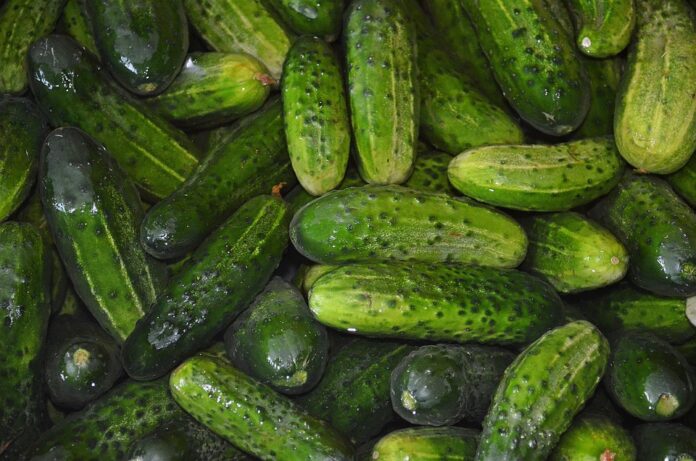Introduction
The food industry is constantly looking for ways to extend the shelf life of products and reduce spoilage. Traditional preservatives, often derived from natural sources, have been used for decades to achieve this goal. However, with the growing consumer demand for clean label products and natural ingredients, there has been a shift towards alternative preservation methods that can replace or reduce the use of traditional preservatives. In this report, we will explore some of these alternative preservation methods and how they are being adopted in the market.
Chemical Preservatives vs. Natural Preservatives
Chemical Preservatives
Chemical preservatives such as sodium benzoate and potassium sorbate have been widely used in the food industry to inhibit the growth of bacteria, mold, and yeast. While effective, these preservatives have come under scrutiny for their potential health risks and negative impact on the environment.
Natural Preservatives
Natural preservatives, on the other hand, are derived from plant extracts, essential oils, and other natural sources. Examples include rosemary extract, grapefruit seed extract, and green tea extract. These ingredients are generally perceived as safer and more sustainable than their chemical counterparts.
Alternative Preservation Methods
High Pressure Processing (HPP)
High Pressure Processing (HPP) is a non-thermal preservation method that uses high pressure to inactivate spoilage microorganisms. This technology has gained popularity in the food industry for its ability to extend shelf life without the use of chemical preservatives. Companies like Avure Technologies and Hiperbaric have been leading the way in commercializing HPP equipment.
Pulsed Electric Field (PEF)
Pulsed Electric Field (PEF) is another non-thermal preservation method that uses short pulses of high voltage to kill bacteria and other microorganisms. This technology has shown promise in preserving the nutritional quality of food while extending shelf life. Companies like Elea GmbH are at the forefront of developing PEF systems for commercial use.
Edible Coatings
Edible coatings are thin layers of edible material applied to the surface of food products to protect them from spoilage. These coatings can be made from natural ingredients such as chitosan, alginate, and beeswax. Companies like Mantrose-Haeuser Co. and Pace International have developed edible coatings for a variety of food applications.
Market Adoption and Trends
The market for alternative preservation methods is expected to grow significantly in the coming years as consumers continue to demand clean label products. According to a report by Grand View Research, the global market for natural preservatives is projected to reach $1.3 billion by 2025, with a CAGR of 5.2% from 2019 to 2025.
Companies that offer alternative preservation methods are seeing increased interest from food manufacturers looking to differentiate their products and meet consumer preferences. Major players in this space include Kemin Industries, DuPont Nutrition & Biosciences, and Naturex (now part of Givaudan).
Conclusion
As the food industry continues to evolve, alternative preservation methods are becoming more mainstream as a way to meet consumer demand for clean label products. While natural preservatives have been the focus of this report, it is important to note that there are other innovative technologies being developed to extend shelf life without the use of traditional preservatives. The adoption of these alternative preservation methods will likely continue to grow as food manufacturers strive to meet the changing preferences of consumers.

